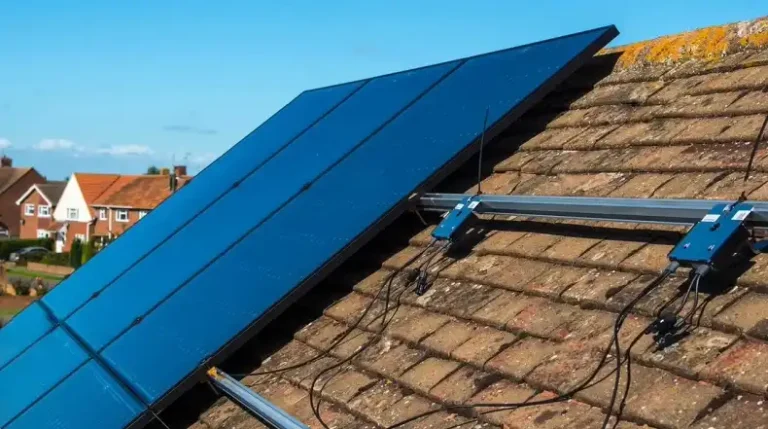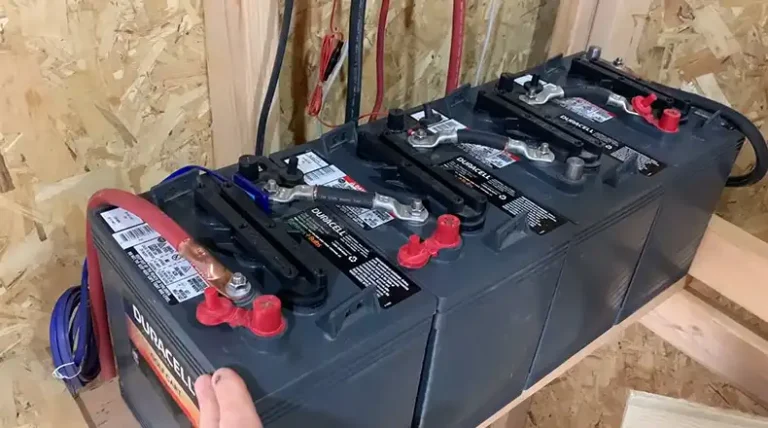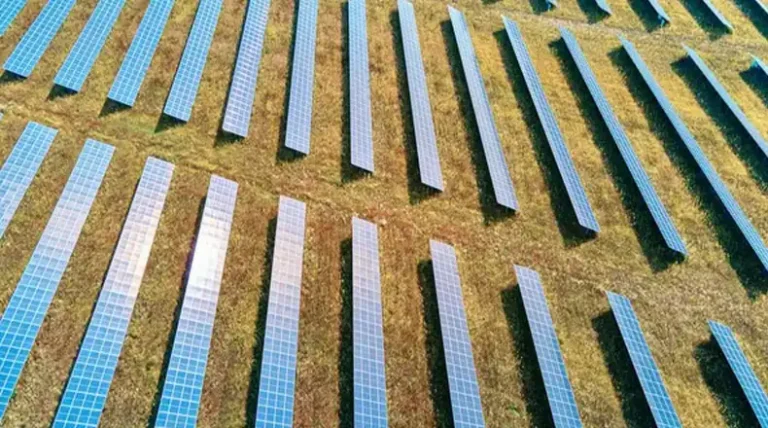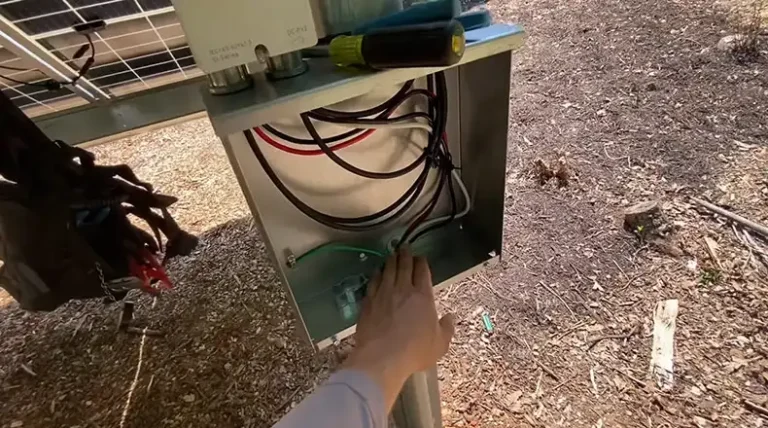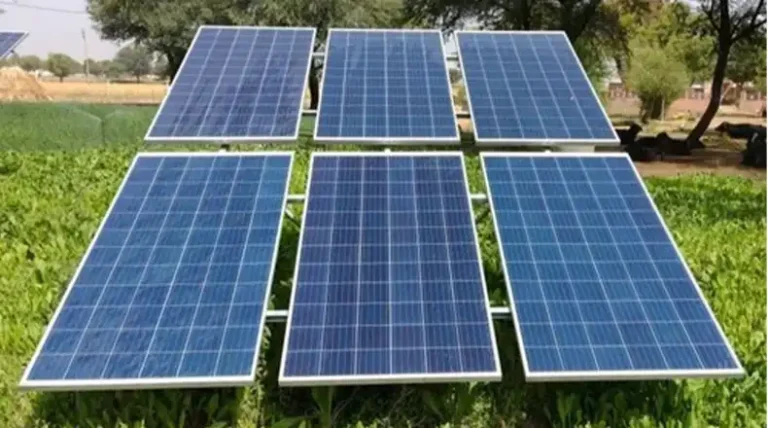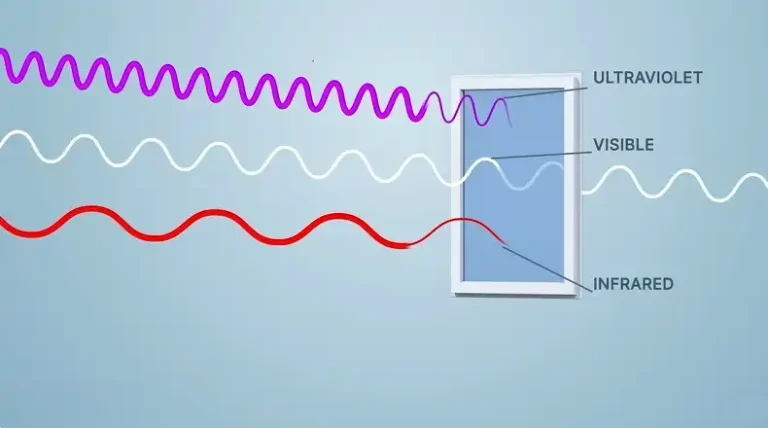How to Calculate Solar Panel, Battery, and Inverter Size
Determining the right sizes for solar panels, batteries, and inverters is essential for an efficient and reliable solar energy system. Accurate sizing ensures your system meets energy needs, maximizes efficiency, and minimizes costs. This guide provides a step-by-step approach to calculating the appropriate sizes for each component.
From assessing your electrical load to considering backup time and technical specifications, we offer practical insights and calculations to help you design a solar power system tailored to your requirements. By following these steps, you can make informed decisions and optimize your solar energy installation’s performance.

Calculate How Much Power You Will Need
Before sizing your solar panel system components, it’s essential to understand your energy needs. This will help you determine the appropriate capacity for your battery bank, inverter, and solar panels.
Calculate Your Daily Energy Consumption (kWh)
To calculate your daily energy consumption, you can follow these methods –
Review your electricity bills: Look for the kilowatt-hours (kWh) used per month or billing cycle. Divide this number by the number of days in that period to get your daily kWh usage.
Use an online energy calculator: Several websites offer calculators that estimate your daily energy use based on your location, home size, and appliances.
Calculate Total Energy Consumption with Clamp Meter
Another method to accurately determine your energy needs is to use a clamp meter to measure your actual power consumption.
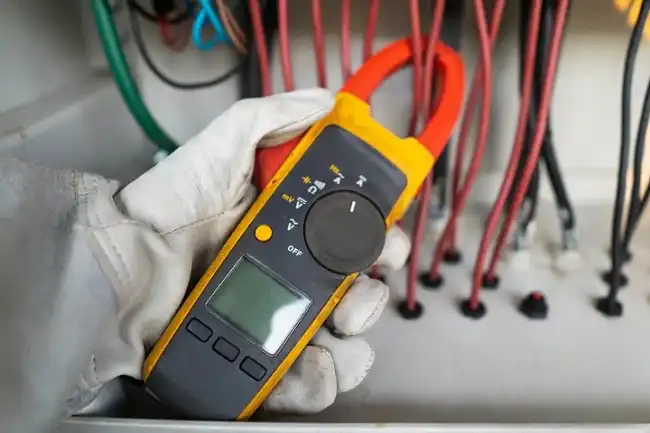
Step 1: Turn on all the appliances and devices you want to power with the solar panel system.
Step 2: Use a clamp meter to measure the current consumption in amps (A) by clamping it around the phase wire of your electric meter.
Step 3: The clamp meter will display the current consumption in amps.
Step 4: Multiply the amps by the system voltage (e.g., 120V in the US) to get your total power consumption in watts (W).
This practical approach provides a more accurate representation of your actual energy needs, accounting for the specific appliances and devices you intend to power with your solar panel system.
Note: When determining your energy needs, it’s also important to consider any potential appliance additions or lifestyle changes that could significantly increase your energy consumption in the future.
How to Calculate Your Solar Battery Bank Size?
Determine how long you want your battery system to provide power during a grid outage or periods of low sunlight. This backup time will influence the battery capacity you need. Typical backup times range from a few hours to several days, depending on your energy needs and budget.
Calculate your Battery Capacity (Ah)
Step 1: Multiply your daily energy needs (kWh) by your desired backup time (hours) to get your total watt-hours (Wh) required.
Step 2: Divide the total watt-hours (Wh) by your system voltage (e.g., 12 volts for a typical battery bank) to get the required battery capacity in amp-hours (Ah).
For example, if your daily energy needs are 10 kWh and you want a 24-hour backup time, your total watt-hours would be 10 kWh x 24 hours = 240 kWh. If your system voltage is 12 volts, your required battery capacity would be 240 kWh / 12 volts = 20,000 Ah.
Determine the Number of Required Batteries
Divide your total battery capacity (Ah) by the individual battery capacity (Ah) of your chosen battery model to find the number of batteries needed in your bank.
For example, if your required battery capacity is 20,000 Ah and you choose a battery with a capacity of 200 Ah, you would need 20,000 Ah / 200 Ah = 100 batteries in your bank.
How to Calculate Your Solar Inverter Size?
Inverters have two important power ratings: continuous power rating and peak power rating.
The continuous power rating is the sustained amount of power the inverter can convert from DC to AC electricity. On the other hand, the peak power rating is the maximum surge of power the inverter can handle for a short period, typically during appliance startup.
It’s essential to select an inverter with a continuous power rating that meets or exceeds your daily energy needs and a peak power rating that can handle any startup surges from your appliances.
In general, your inverter capacity should be approximately the same size as the total wattage of your solar panels. This ensures that the inverter operates at its most efficient point, which is typically at full load.
To account for startup surges and potential future energy needs, it’s recommended to add a 20% buffer to your inverter capacity calculation.
For example, if your total solar panel wattage is 5,000 watts, you would ideally choose an inverter with a continuous power rating of around 5,000 watts and a peak power rating of at least 6,000 watts (5,000 watts + 20% buffer).
How to Calculate Your Solar Panel Size?
To determine the appropriate size of your solar panel array, you’ll need to consider your daily energy consumption, the average daily sunlight hours in your region, and the efficiency of your solar panel system.
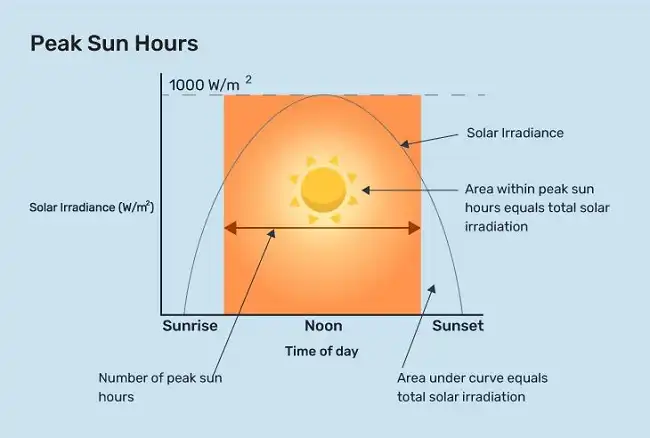
- Determine your average daily sunlight hours: Research the average number of peak sunlight hours per day in your region. This information is often available from local weather stations or online resources.
- Factor in your solar panel wattage and system efficiency: Multiply the average daily sunlight hours by your solar panel wattage and then multiply by the system efficiency. This will give you your estimated daily kWh production.
For example, if your region receives an average of 5 peak sunlight hours per day, and you have 250-watt solar panels with a system efficiency of 80%, your daily solar panel production would be:
5 hours x 250 watts x 0.8 = 1,000 watt-hours = 1 kWh
Note: It’s important to note that the system efficiency factor used in the solar panel sizing calculation accounts for various losses in the overall system, not just the efficiency of the solar panels. A typical system efficiency factor of 0.8 (80%) is often used to account for these cumulative losses.
Determine the Number of Required Solar Panels
Divide your daily energy needs (kWh) by your daily solar panel production (kWh) to get the required solar panels.
For example, if your daily energy needs are 10 kWh and your daily solar panel production is 1 kWh, you would need 10 kWh / 1 kWh = 10 solar panels to meet your energy demands.
Wrapping It Up
Properly sizing your solar panel system components is crucial for ensuring optimal performance, reliability, and cost-effectiveness. By accurately calculating your energy needs, desired backup time, and considering factors like system efficiency and future expansion, you can determine the appropriate sizes for your battery bank, inverter, and solar panel array.
Related FAQs
Can I mix different battery types in my battery bank?
It’s generally not recommended to mix different battery types (e.g., lead-acid and lithium-ion) or different battery models in the same battery bank. This can lead to imbalances in charging and discharging rates, potentially causing premature battery failure or safety issues. It’s best to use the same type and model of batteries throughout your battery bank for optimal performance and longevity.
How often do I need to replace the batteries in my solar panel system?
The lifespan of batteries in a solar panel system can vary depending on the battery type, usage patterns, and maintenance practices. As a general guideline, lead-acid batteries typically last 3-5 years in a solar application, and lithium-ion batteries can last 5-10 years or longer with proper care and management.
Can I use a generator as a backup instead of batteries?
Generators can be backups for solar systems instead of batteries, but consider fuel costs, maintenance, noise, and limited runtime. Batteries might be more convenient and eco-friendly, though some combine both for extended backup.

